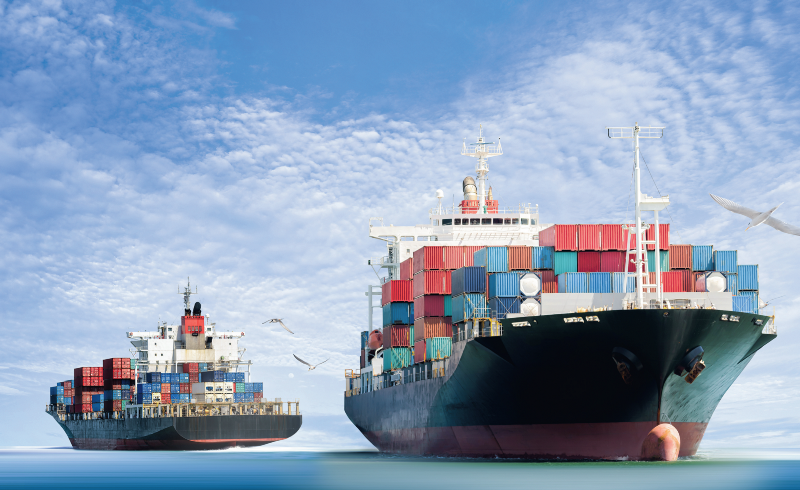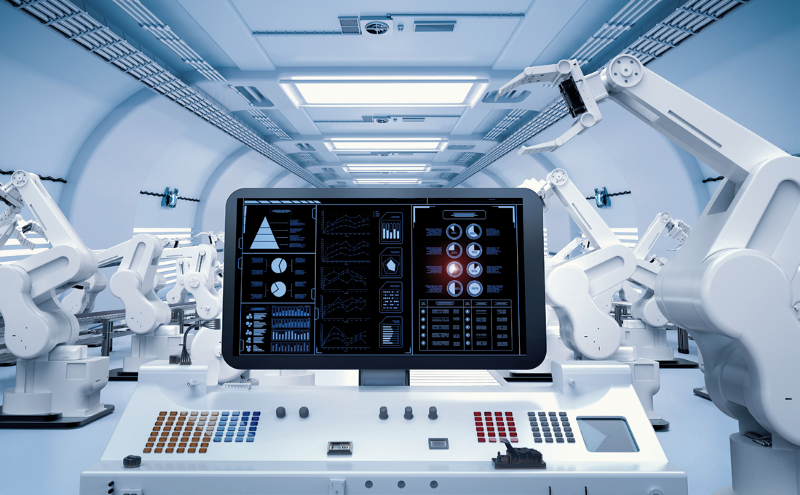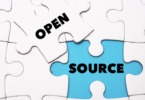AI is helping automate factories and connect the $25 trillion global product economy.
The Industrial Internet of Things will connect an estimated 50 billion assets such as machines, turbines, vehicles and rolling stock from the transportation, energy, healthcare, automotive, manufacturing, mining, oil and water industries. It is part of the next industrial revolution, in which the Internet of Things (IoT), combined with artificial intelligence, will disrupt end-to-end value chains.
Corporations are scrambling to prepare for this restructuring as the scope of change will compel many manufacturers to adopt new plant designs, reshape their manufacturing footprints and devise new supply-chain models. The new approach to production will use machines linked through the Internet to assemble parts and adapt to new processes with minimal guidance from human operators. Siemens’ Electronic Works in Amberg, Germany, is an example of what intelligent manufacturing will look like. There, employees manage and control the production of programmable logic circuits through a virtual factory that replicates the factory floor.
Via bar codes, products communicate with the machines that make them, and the machines communicate amongst themselves to replenish parts and identify problems. Nearly 75 % of the production process is fully automated, and 99.99988% of the logic circuits are defectfree, notes a June McKinsey report.

No More Guesswork
The report predicts that going forward, the AI’s intelligent insights will help manufacturers across different industries shorten development cycles, improve engineering efficiency, prevent faults, increase safety by automating risky activities, reduce inventory costs with better supply-and-demand planning, and increase revenue with better sales-lead identification and price optimization. The application of AI is also expected to allow end-to-end real-time visibility into the supply chain. “Machine learning will help huge operations get a better understanding of how external upstream and downstream parties interact with their own facilities and functions,” says Mikhail Nader, CEO of Ethereum, an American startup that uses natural-language processing and machine learning to extract and categorize information from more than 10 million supply-chain signals every day. The intersection with AI enables supply-chain participants to be notified
immediately of relevant opportunities or potential disruptions.
“The way we handle our operations will look completely different,” he says. “We will no longer be making decisions based on blind guesswork. By having a better, broader, and more accurate understanding of how and when things are happening, AI-enabled systems can give users the best options, instead of inundating them with irrelevant and non-targeted data.”
A Single Global Supply Chain
That is not all. Currently, companies operate as if they own their own supply chains. “We believe this is a fallacy and that there is only one global supply chain, and this is inherent in the way we are building our software,” says Nader. Ethereum is developing a product that aims to map every supplier, warehouse, factory, and port in the world to provide a full picture of the $25 trillion global product economy. AI is a layer that sits on top of this view of the global supply chain to make sense of the signals coming in, giving users targeted insights.
A well-functioning supply chain is the backbone of virtually every industry, and accurate projections for just the right amount of inventory are critical to achieving a competitive advantage, notes the McKinsey report. Factors such as product introductions, distribution network expansion, weather forecasts, extreme seasonality, and changes in customer perception or media coverage can severely affect the performance of the supply chain, says the report. What’s more, traditional systems for forecasting and replenishment can’t take advantage of the amount of data associated with IoT devices and the sheer number of influencing factors. So supplychain leaders are starting to realize the advantages of applying AI to increase forecasting accuracy, the report says.
Using AI to predict demand is also expected to allow businesses to optimize their sourcing more broadly, including fully automating purchases and order processing. The report cites the example of the German online retailer Otto, which uses an AI application that is 90% accurate in forecasting what the company will sell over the next 30 days. The system has proven so reliable that Otto now builds inventory in anticipation of the orders AI has forecast, enabling the retailer to rush deliveries to customers and minimize product returns. Otto is confident enough in the technology to let it order 200,000 items a month from vendors with no human intervention. AI is not just helpful for forecasting demand for current products. It can replace humans through automation and enable people and robots to work safely side-by-side in factories. For example, in a warehouse of the British online supermarket Ocado, robots steer productfilled bins over a maze of conveyer belts and deliver them to human packers just in time to fill shopping bags. Other robots bring the bags to delivery vans, whose drivers are guided to customers’ homes by an AI application that picks the best route based on traffic conditions and weather.
Advances in computer vision are behind many developments in these collaborative and context-aware robots, according to the McKinsey report.
Enhanced vision is enabled by more powerful computers, new algorithmic models, and large training data sets. Within the field of computer vision, object recognition and semantic segmentation — the ability to categorize a particular object type, such as distinguishing a tool from a component
— have recently advanced significantly in their performance. These changes allow robots to behave appropriately for the context in which they operate. Context-aware robots recognize the materials and objects they interact with and are capable of safely interacting with the real world and with humans.
New AI-enhanced, camera-equipped logistics robots can be trained to recognize empty shelf space. Deep learning can also be used to correctly identify an object and its position, enabling robots to handle objects without requiring things to be in fixed, predefined positions. AI-enhanced logistics robots are also able to integrate disturbances in their movement routines via an unsupervised learning engine for dynamics. Despite such notable progress and the promising potential of AI’s application to factories and the supply chain, industry players have not yet fully embraced the interconnectivity of machines and sensors and the use of data and analytics. Concerns include the potential for the Industrial Internet of Things to act as a conduit for cyber-security attacks.

three to five years, leaving all those who sat aside in the dust.”
Mikhail Nader, CEO of Ethereum
The Revolution’s Next Phase
“Ultimately, there is a trust element to it,” says Ethereum’s Nader. The
technology is there but we need people to trust, get on board, and change their habits. We’re at the same junction point that on-premise versus cloud technology was 15 years ago. There was a reluctance to put things on the cloud because people thought it was less secure, but in the end it was proven to bring far more benefits in terms of innovation, without compromising on security.”
The same will be true in this case, says Nader. “There is little confidence
in the digitization of the supply chain, which is impeding progress toward future automation. But those who take that on — those who leap into this future — will reap the benefits in the next three to five years, leaving all those who sat aside in the dust.”





